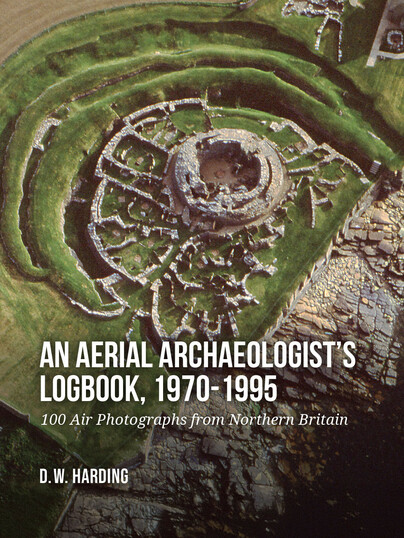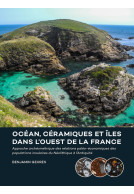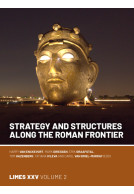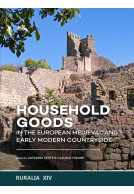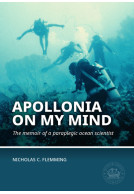An Aerial Archaeologist’s Logbook, 1970-1995 (Hardback)
100 Air Photographs from Northern Britain
Imprint: Sidestone Press
Pages: 120
Illustrations: 59fc / 66bw
ISBN: 9789464263992
Published: 17th November 2025
Script Academic & Professional
Pages: 120
Illustrations: 59fc / 66bw
ISBN: 9789464263992
Published: 17th November 2025
Script Academic & Professional
You'll be £55.00 closer to your next £10.00 credit when you purchase An Aerial Archaeologist’s Logbook, 1970-1995. What's this?
+£4.99 UK Delivery or free UK delivery if order is over £40
(click here for international delivery rates)
Order within the next 4 hours, 6 minutes to get your order processed the next working day!
Need a currency converter? Check XE.com for live rates
(click here for international delivery rates)
Order within the next 4 hours, 6 minutes to get your order processed the next working day!
Need a currency converter? Check XE.com for live rates
This volume comprises 100 archaeological air photographs, principally of sites dating to the Iron Age and Roman periods in Northern Britain, resulting from aerial survey between 1970 and 1995, before the advent of drones when archaeological air photography was still dependent upon the use of light aircraft. The principal target areas were the Anglo-Scottish Borders, central Scotland (crannogs) and the Northern and Western Isles (brochs and duns). Practically, in order to maximise intended outcome, the author piloted the aircraft to the target area himself, selecting the optimum orbit and height, and only handing over controls to a co-pilot when taking the photographs. Because of the fugitive nature of some archaeological features, large format cameras were used to maximise definition in addition to single-lens reflex cameras.
Archaeological air-photography in Northern Britain differs from the better-documented South, in being less concentrated on crop-mark photography. In upland landscapes, fugitive extant earthworks, such as palisaded enclosures and ‘cord-rig’ agriculture, play an important role in settlement patterns, while certain classes of settlement, like underwater crannogs, are unique in Britain to Scotland. Other classes of field monument, like brochs and duns, may have substantial upstanding remains, but their Highlands and Islands location make many remote to access other than from the air. Optimizing photographic imagery of these sites presents particular problems unique to themselves.
In the past twenty years archaeological air photography has been revolutionized by the use of drones, and by the technical advantages of digital photography over film. Though the methodology recorded here now primarily has a historiographical relevance, therefore, the academic issues of settlement and landscape archaeology remain central to current research. The classes of field monument targeted were significantly different from the norm in Britain and Europe, and the tactics deployed in capturing optimum images accordingly were often unique.
Other titles in Sidestone Press...







